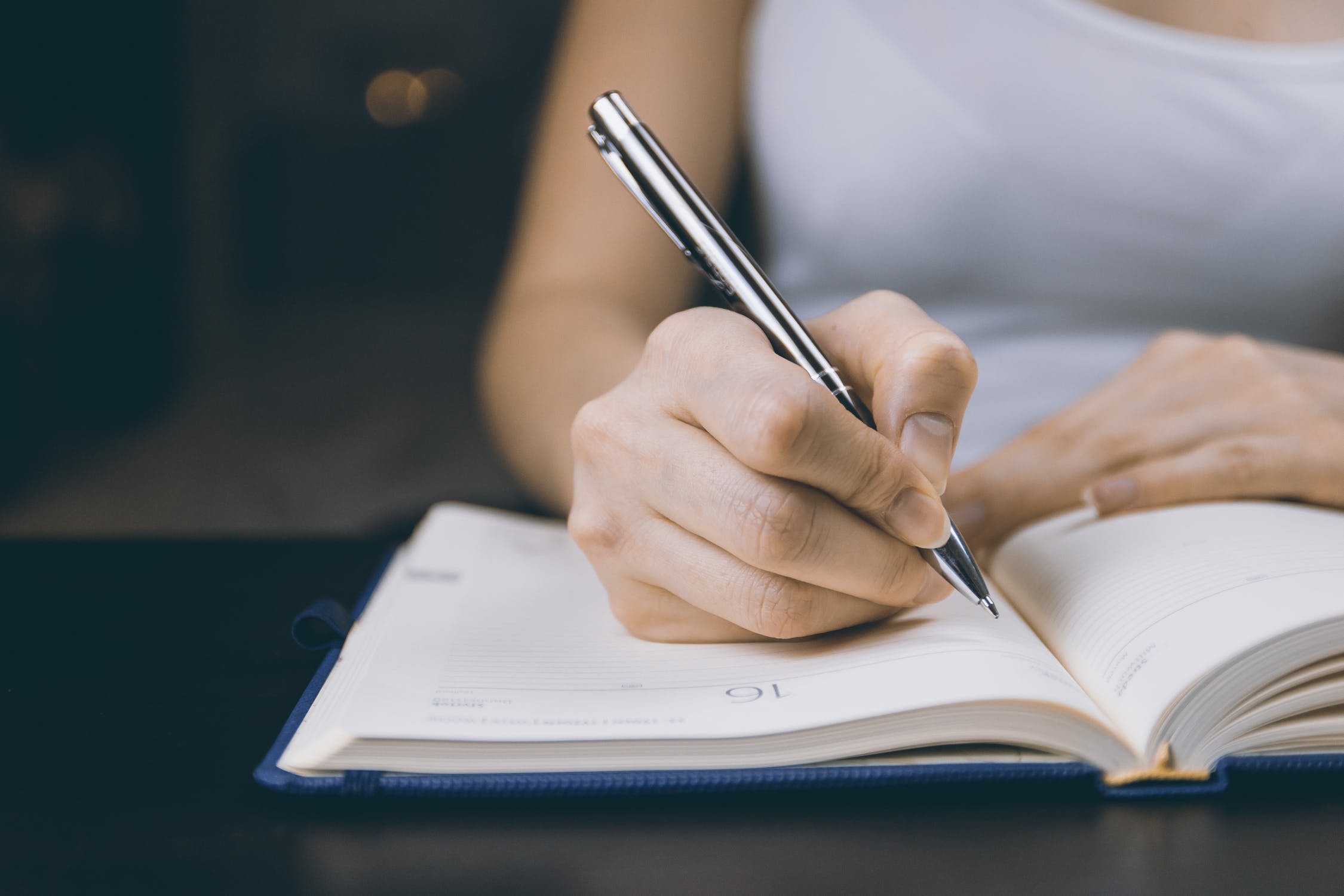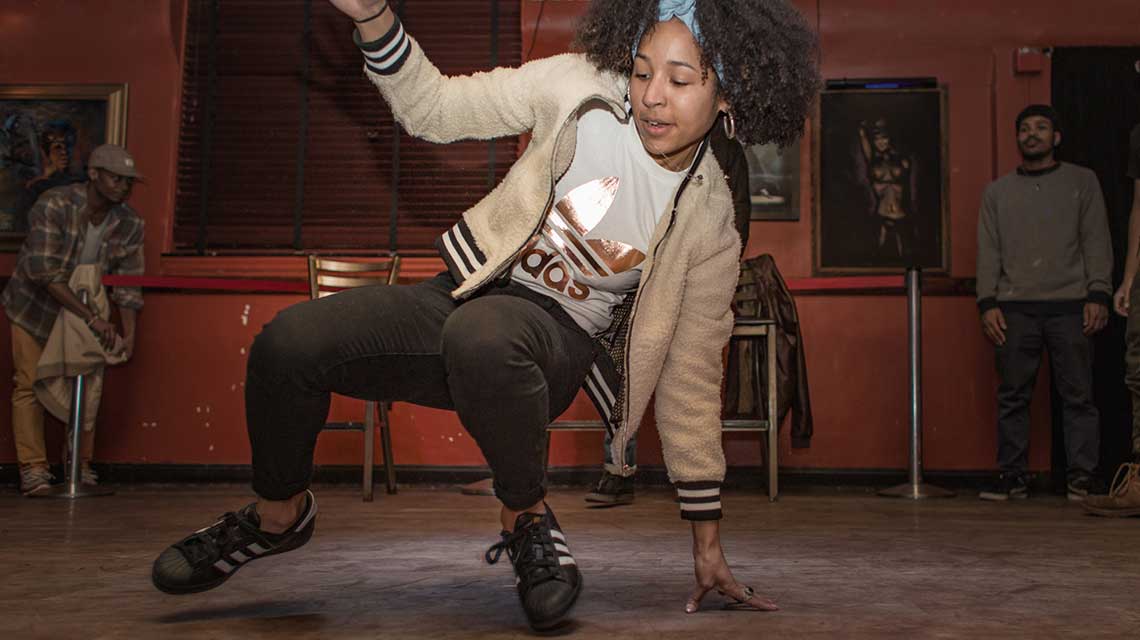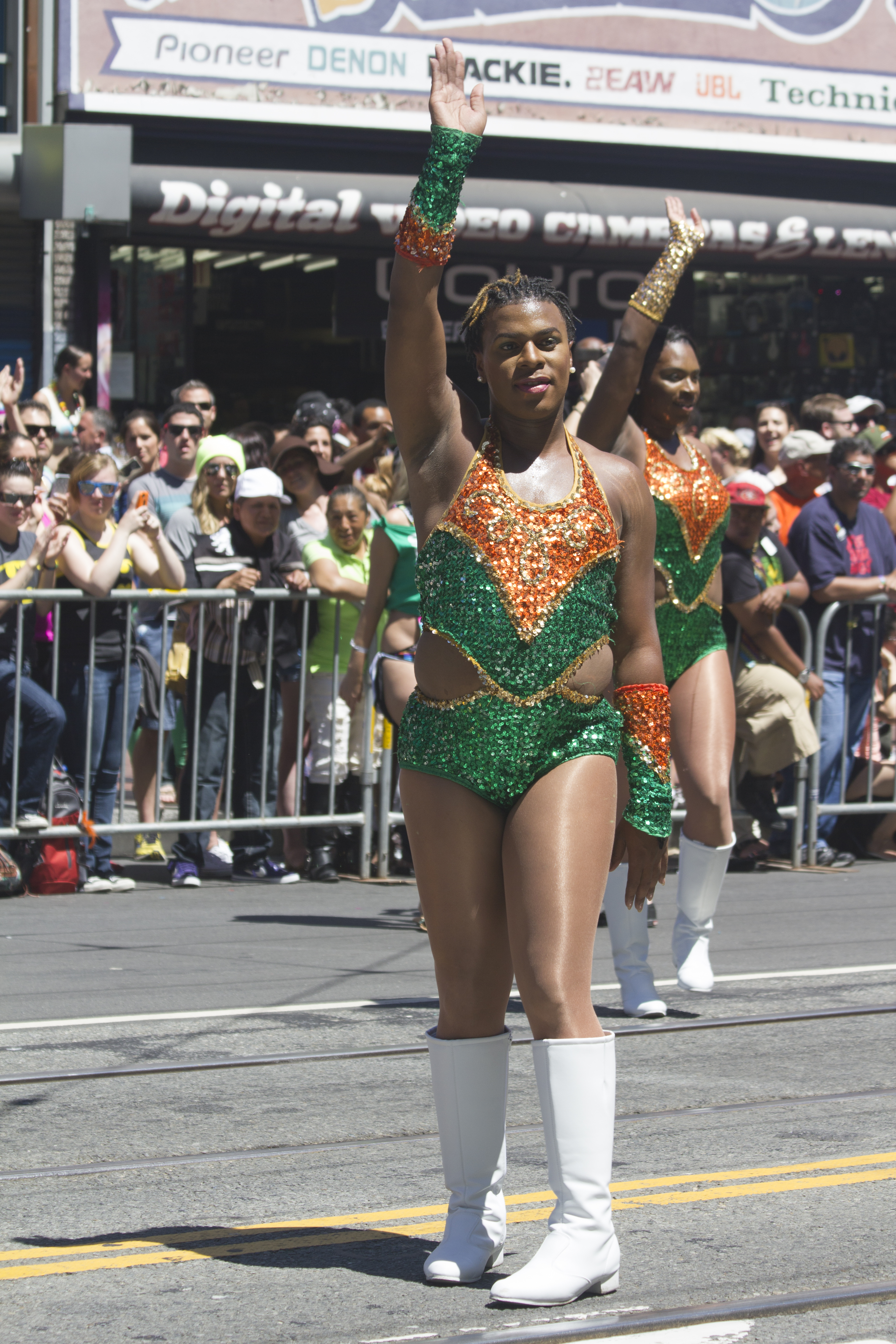At the ‘PoP Moves Seedbed: Dancing Methodologies’ symposium on Saturday I had a 90-minute curated conversation with Kélina Gotman (Kings College London) about historical methodologies in popular dance research. Our conversation ranged across the materiality of archival documents, the partiality of ‘the archive’, expertise (always to question it) and the fictional characteristics of historical writing. We talked about the deep, overarching, often personal questions that drive our research across projects and down rabbit holes. Our astute audience, made up of undergraduates, postgraduate students and academics, challenged us on what happens when these long-term questions that shape our academic careers encounter the shorter-term realities of deadlines and pressure to submit the article/present the paper/perform the work/finish the book. This brought to my mind Danielle Goldman’s excellent book I Want to be Ready: Improvised Dance as a Practice of Freedom (2010). Goldman frames dance improvisation as a way of moving in the ‘tight places’ produced in particular times and spaces by constraints of race, class, gender, sexuality, time and artistic conventions. Improvisation, she argues, can become what Michel Foucault (1997) calls a ‘practice of freedom’ in these constrained contexts; that is, a quotidian act that allows an individual to redefine themselves and their relationships to others without necessarily overturning the whole regime in which they are embedded. I wondered, how can we, as dance scholars, negotiate and improvise between the questions that drive us and the goals, challenges and obstacles that define the ‘tight place’ of contemporary academic life: teaching schedules, curricula, publication deadlines, the academic book market, publishers’ commercial agendas, funding criteria, research outcomes, impact, the REF, promotion, tenure…? Not to mention the constraints of personal life: relationships, parenthood, other caring roles, health…. As (popular) dance scholars, what models, practices and techniques can our subject offer that might help us to survive and flourish in these tight places? Could we, for example, in our working days, institutions and scholarly relationships:
- give attention to the balance and relationship between choreography and improvisation as working modes?
- focus on the weight, pressure, momentum, tension and centre of mass in our contact with others?
- experiment with the effect of deliberate changes of speed on different types of activities, and in particular, the personal and political potential of the slow?
- negotiate a path around the ‘ballroom’ that respects the spaces of others while carving out our own space to move?
What I am suggesting, I think, is the potential of dance as a model for ‘care of the self’ (Foucault, 1997, p. 291) in the academy. I write this amid today’s demands of childcare, shopping, writing pressures and home maintenance (it is a bank holiday). The music slows. Stillness. Writing. The music quickens…
Clare Parfitt



